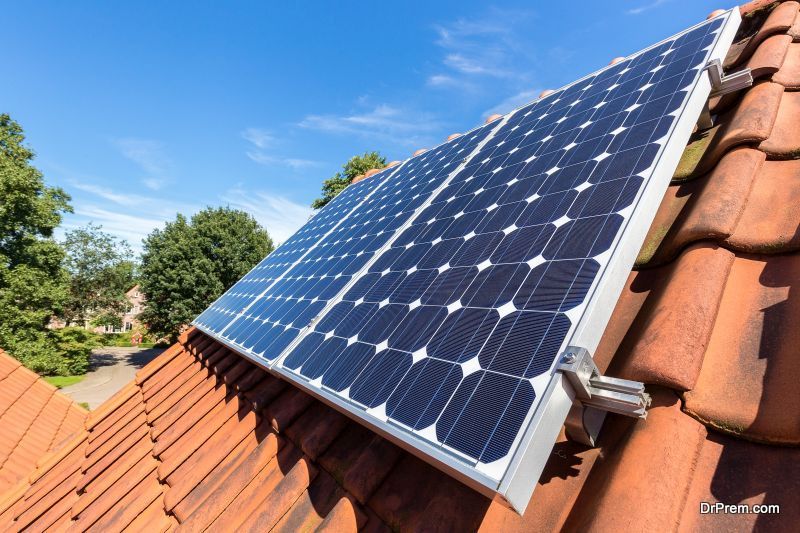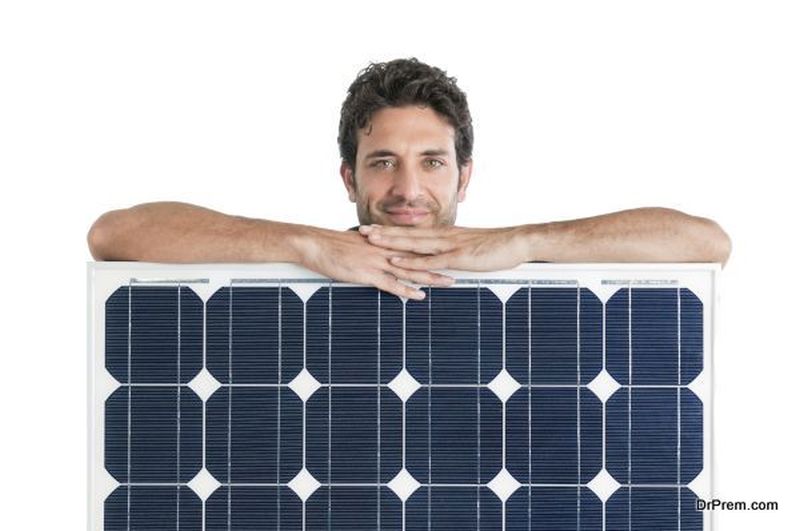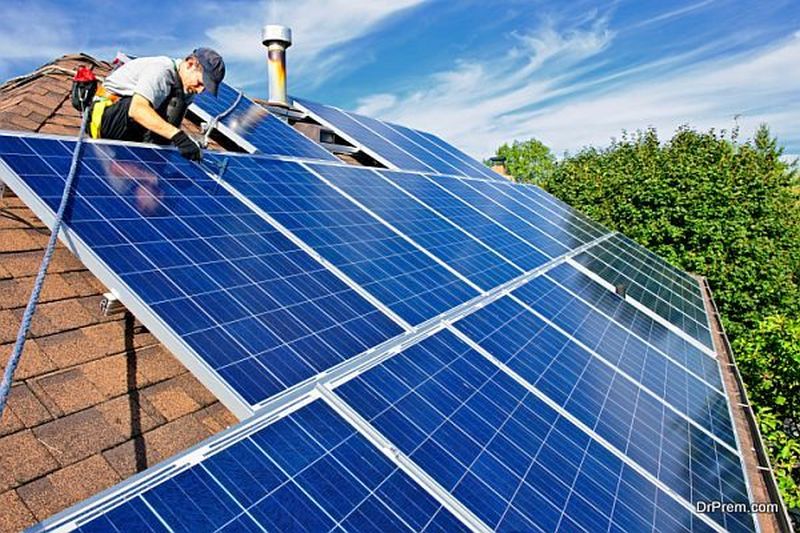Solar power is one of the most efficient, clean, and sustainable forms of energy available to the average eco-conscious consumer. A solar installation offers several other benefits to the home as well, such as increasing its value and lowering monthly utility bills. It is not surprising that solar power is one of the fastest growing forms of alternative energy in America, or that the government and many cities offer incentives and rebates for adopting solar power.
In fact, California has mandated that all new single-family homes built in 2020 and beyond must have solar panels. It’s not surprising that solar panel installation in Los Angeles is such a big business. If you are interested in solar power, then it helps if you know just how it works, keep reading to find out more.
What are Solar Panels?
Solar panels are also called photovoltaic (PV) panels, photovoltaic means the conversion of light into electricity, which is what happens when the light from the sun shines on a solar panel. The sun’s light—and all light—consists of photons which are particles of light. Solar cells comprise silicon cells or thin film cells, which have a positive layer and a negative layer; together, they form an electrical field when the positive and negative charges are separated.
What Kind of Power do Solar Panels Generate?
Solar panels generate DC electricity, DC stands for direct current. This means that current flows in one direction around the circuit, DC electricity is used in batteries. The power grid uses AC electricity, which stands for alternating current. Unlike in DC, the electrons periodically reverse direction, up to 50 or 60 times per second.
AC power is used in power plants because its voltage is more easily altered than DC electricity. Since it is easier to send electricity over long distances using high voltages, AC electricity is preferred because of how easily it is to change its voltage level.
How the Home Uses Solar Power
If solar panels create DC electricity, and the home uses AC electricity, how does the home use solar power? The answer is, through the use of inverters. An inverter converts the DC electricity generated by the solar panels into useable AC electricity for the home. There are two main types of inverters, string inverters and microinverters.
- String Inverters – These connect multiple panels to one inverter. These are good if all the panels receive equal amounts of sunlight. If even one panel is partially shaded, all the other panels get dragged down to the underperforming panel’s level.
- Microinverters – With microinverters, each panel has its own inverter, so the DC electricity is converted to AC electricity right at the panel. This is more efficient since each panel is not dependent on the other panels. Microinverters are more efficient than string inverters but they are also more expensive.
In addition to converting DC electricity into AC electricity, inverters also monitor the system so that the installer and the owner can easily check to see how it is performing. This makes it easier to conduct diagnostic tests if something goes wrong with the array. For anyone who is carrying out solar installation for the first time, it’s imperative to have a fair idea of electrical terms and processes, so as to do it with confidence.
The Complete Solar Panel System
When you put it all together, this is how a solar panel system works:
- Sunlight shines on the solar panel and the photons from the sunlight hit the photovoltaic cells.
- The photovoltaic cells in each solar panel converts the sunlight into direct current.
- The inverter converts the direct current into alternating current that can be used in the home.
It is a simple system that does not create any pollution or waste. If you are interested in reaping the benefits of a solar installation, then call a local installer to get more details and find out what options are available to you.
Article Submitted By Community Writer




